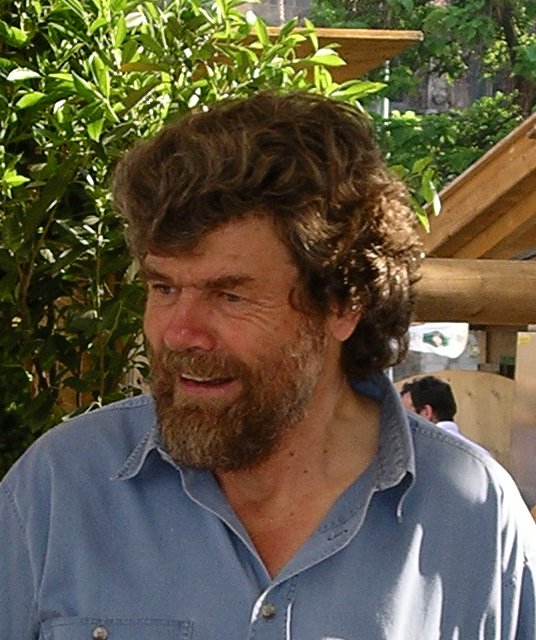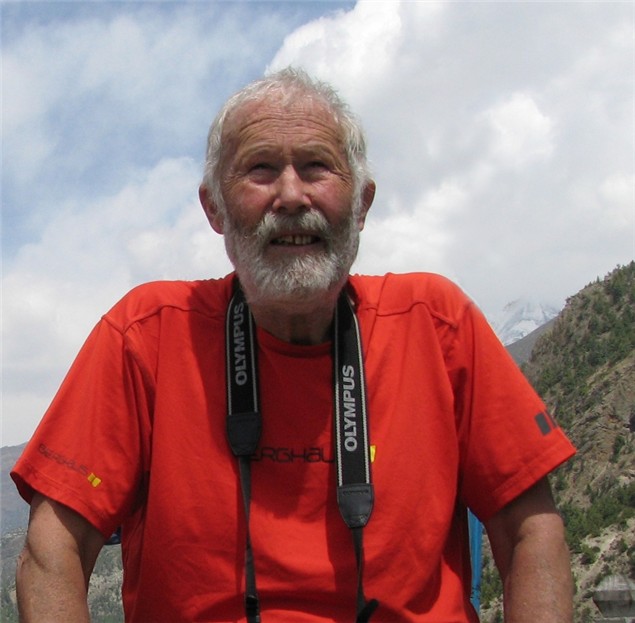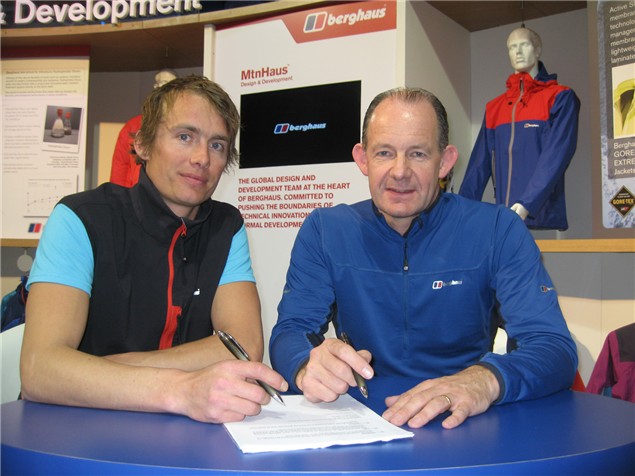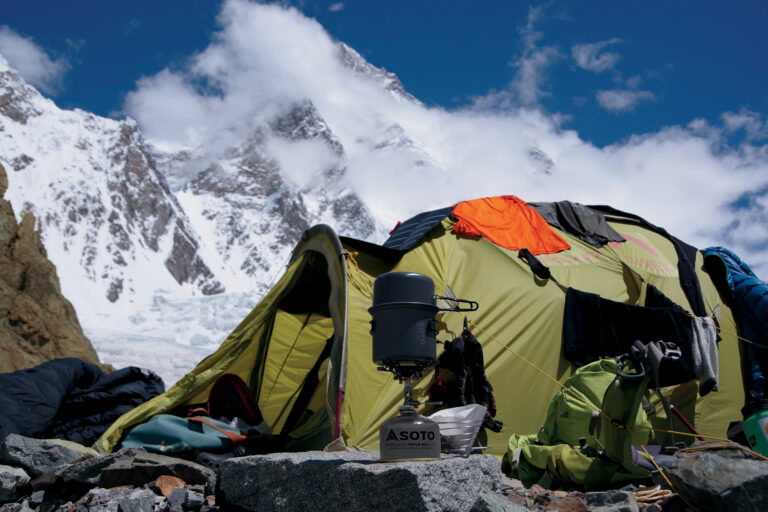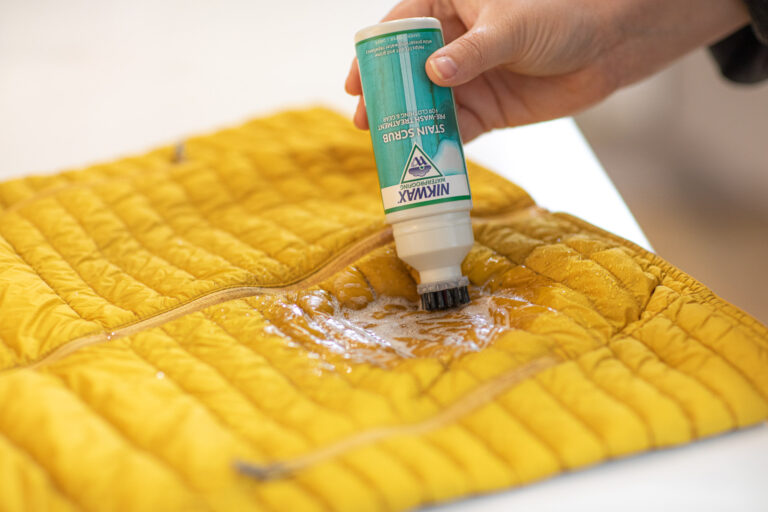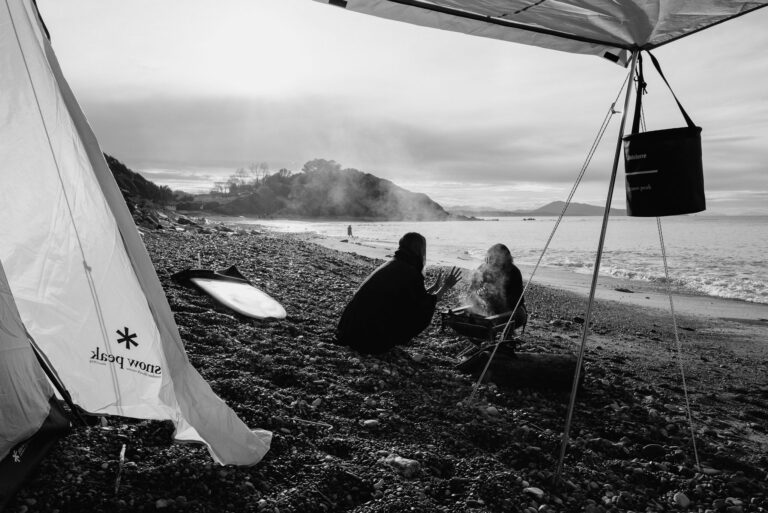For years mountaineers have been ridiculed for their beardy weirdy image, but now it seems that facial hair may actually enhance performance at high altitudes.
Scientists from Wisconsin Institute of Physiological Performance Science wondered if there was more to mountaineering beard growth than simple reluctance to shave and conducted a high altitude field study which appears to show that growing a beard actually improves oxygen uptake at high altitudes.
Everest Field Study
Climbers on last year’s Save The Yeti Everest expedition were kitted out with advanced, but lightweight respiratory monitoring equipment which they used, climbing without supplementary oxygen, at all altitudes from basecamp to the summit.
Some 50% of the climbers were clean shaven, with the others encouraged to grow a beard. The results were remarkable. At basecamp, ORI – Oxygen Respiratory Index – was comparable for both groups, but as the team advanced up the mountain, something remarkable happened.
By 7,500 metres, the bearded sample showed, on average, a 7.3% rise in ORI compared to the clean-shaven mountaineers, by 8,000 metres, the gap had grown to 10.7% and on the summit, bearded climbers were processing oxygen almost 15% more efficiently, a differential which could mean the difference between life and death in Everest’s harsh climate.
Messner Was ‘On To Something’
‘The results were quite extraordinary,’ says Dr Wayne Gillette of WIPPS. ‘Those subjects who remained unshaven not only produced superior test results, but reported much improved performance on the mountain. The longer the beard growth, the more effective it seemed to be.’
‘Our trials suggest that old school mountaineers with heavy beard growth may have been onto something. Some of the greats of 20th Century climbing – Reinhold Messner, Chris Bonington, Brian Blessed – are known for their impressive beards and our study suggests a scientific basis for what, on the face of it, seems purely a fashion decision.’
What’s Going On?
The WIPPS scientists admit that they don’t fully understand the mechanism behind the phenomemon and further research is ongoing. According to Gillette, it may be a simple question of localised aerodynamic turbulence caused by the concentration of hairs accelerating airflow in the region of the climbers’ mouths.
Another theory is that oxygen molecules bond to the scales on the climbers’ bristles at a microscopic level creating a relatively oxygen-rich micro-environment close to the climber’s respiratory zone.
Researchers are now working in a hyperbaric chamber with highly realistic simulated beard models in an effort to better understand the phenomenon with adjustable variables like bristle length, thickness and stiffness being used to determine the optimum altitude beard specification with a view to patenting the design and possibly creating synthetic beards to that spec.
‘Add-on altitude beards could revolutionise high altitude performance for average athletes,’ says Wayne Gillette. ‘With the right consistency and length of beard, rises in oxygen uptake of up to 20% may be feasible.’
He also bristles at the idea that synthetic beards may be viewed as ‘cheating’ believing that it’s simply a small improvement on a natural process.
Whatever the reasons behind the phenomenon, the message to high altitude mountaineers is a clear one – leave the razor at home if you want to go better up high. And of course, as a bonus, you save pack weight too.

